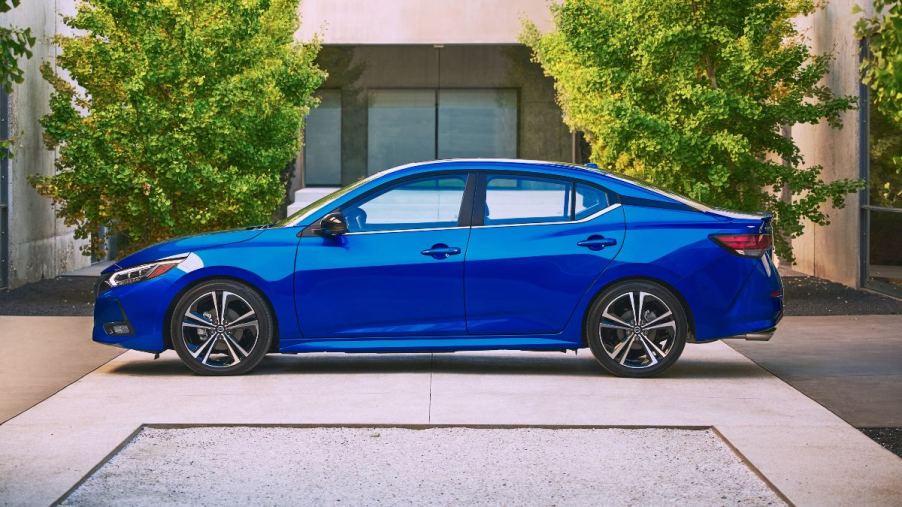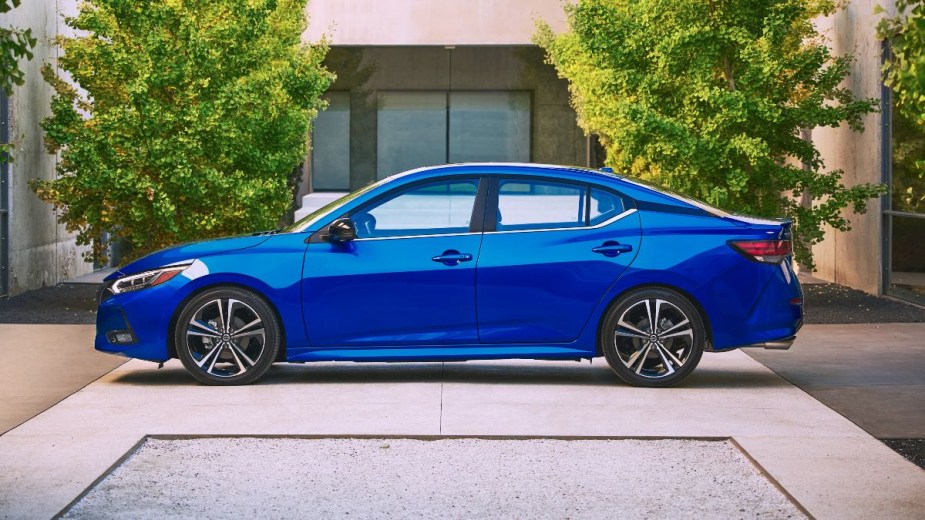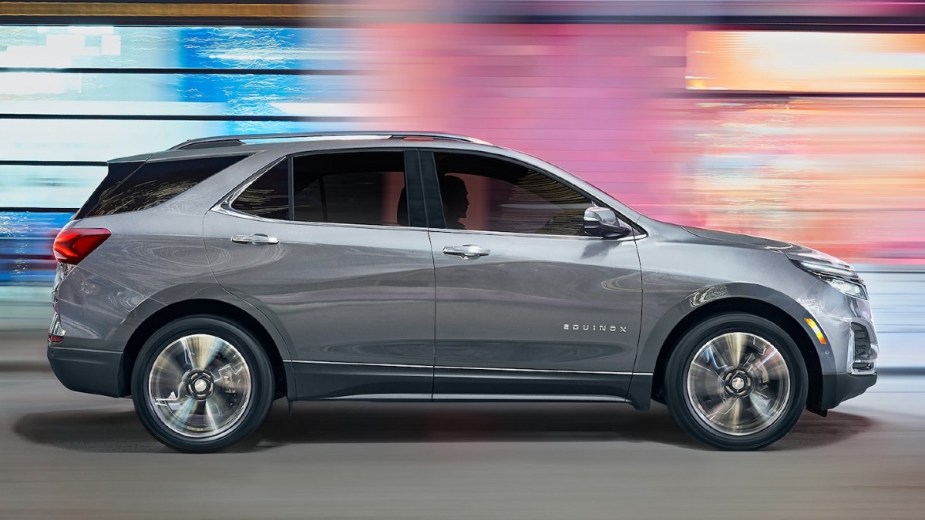
Why Do Modern Cars Look the Same? — Not Like the Old Days
In the “old days,” there was much variety in car designs, with unique and distinctive shapes and styling. Many automotive enthusiasts and classic car lovers long for the time of the gorgeous vehicle designs of yesteryear — and it’s hard to disagree. In contrast, many modern cars look the same. Let’s take a closer look to find out why.
Reasons why modern cars look similar

Many modern cars look the same, with a similar curved shape. The are several reasons for this:
- Maximize gas mileage
- Globalization
- Packaging
- Less freedom for designers
Maximize gas mileage
For modern cars, there is a much greater demand for vehicles with higher gas mileage. Some people buy efficient cars to save money on gas, while others do it out of concern for the environment. Also, with climate change, there are government mandates for automakers to increase fuel economy.
The end result of producing cars to maximize gas mileage is less variance in designs — with cars that look the same. Modern cars have a more streamlined shape to increase aerodynamic efficiency. Essentially, most vehicles are designed in a wind tunnel. Even a small change in the design can result in lower gas mileage.
Globalization: Cars are designed for the broadest possible audience

Another reason why modern cars look similar is globalization. It’s a globalized economy, and to maximize profits, automakers try to appeal to the broadest possible audience.
Road and Track spoke with Ian Callum, the iconic automotive designer most known for his 20-year stint as the head of design at Jaguar-Land Rover. Callum said, “There was a time when you could identify the country the car came from.” However, in modern times, automakers market and sell cars in many countries around the world. As a result, they are more conservative with their designs — and less likely to produce uniquely-designed cars that might not sell well in other countries.
Packaging of cars
The third reason why many modern cars look the same is automakers package their cars to meet a narrow set of specifications. Before the designers begin sketching out the design of a vehicle, the packaging department gives them specs for which they must abide. Along with fuel economy, this includes things such as safety requirements and passenger and cargo space. With these narrow specifications, there are limitations on how unique a car design can be.
Furthermore, most automakers use the same vehicle platform for multiple models across their vehicle lineups. They do this to reduce production costs and maximize profits. Also, some automakers sell similar vehicles — but under different brand names, such as GM with the Chevy Equinox and GMC Terrain.
Modern cars look the same because designers have less freedom than in the past
In the past, automotive designers had much greater freedom than they do today. They had fewer constraints placed upon them, and because of this, they could focus more on the design. With greater freedom, designers could push the boundaries of automotive design and create uniquely styled cars.
However, with modern cars, many people are involved in the decision process for vehicle design, with less autonomy for individual designers. Along with all of the other restrictions for specifications, this results in cars that look similar.
While the overall body design of many modern cars looks the same, one way they differ from each other is the grille. We explore this phenomenon further in our “Why Are Car Grilles Getting so Big” article, which you can read below.


